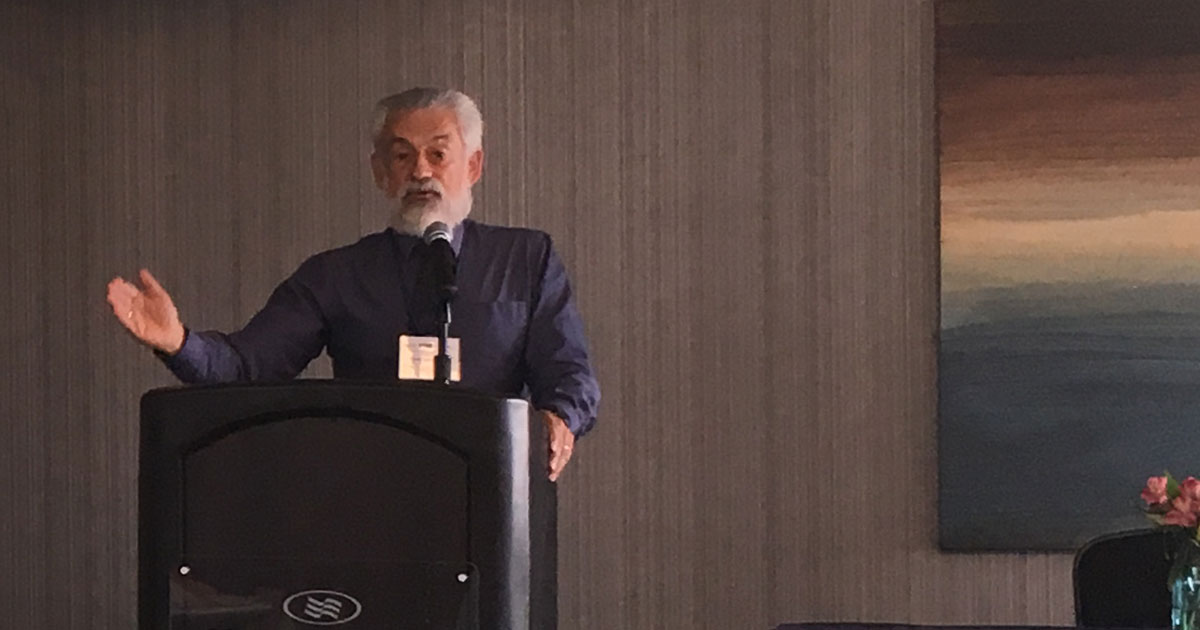- Who We Are
- Clinician Employment
- Publications
- Witness to Witness (W2W)
- Kugel & Zuroweste Health Justice Award
- Your Voice Matters: Photovoice Project
Tue, 10/17/2017 | by Claire Hutkins Seda


When we think of Tuberculosis identification and treatment, we often think of the local health department. After all, they are set up to take the lead role in such public health concerns, providing treatment for highly infectious diseases like TB, and identifying, contacting, and treating, if needed, those who may have been exposed. But what about TB infection? There are 13 million people in the US with TB infection, sometimes termed latent TB infection (LTBI), and five to ten percent of those will go on to active TB. About 70 to 80 percent of active TB cases are a result of reactivation of TB infection -- that’s thousands of cases, each year, that could be avoided, if those with TB infection were preventatively treated.
“Basically, the health department can’t do this by themselves,” urged Ed Zuroweste, MD, MCN’s Co-Chief Medical Officer. “They’re overwhelmed with just reacting to the active cases. They can’t go out and find 13 million people who are not close contacts. That job, I think, is the job of primary care.”
Dr. Zuroweste delivered this message earlier this month at the Washington State TB Educational Conference in Seattle, where he presented the keynote, “Building Relationships with Federally Qualified Health Centers for Improved TB Management.” In addition to his work with MCN, Dr. Zuroweste has served as Chief Medical Officer at an FQHC for decades. Now, he is a board member of Stop TB USA and the TB medical consultant for the Pennsylvania Department of Health’s TB clinics.
“I’m tired of treating people [for TB] whose cases could have been prevented,” Dr. Zuroweste said. He notes how each patient suffers, misses work or school, and infects others, who then repeat the struggle in their own lives. Some don’t make it through.
“Over five hundred people die every year of a preventable disease,” here in the US, Dr. Zuroweste pointed out. In 2015, 1.8 million died worldwide. Dr. Zuroweste is convinced that Federally Qualified Health Centers are the answer to this long-running public health crisis. With tweaks to health centers’ electronic health records to assure diligent screening of high risk patients, and the utilization of treatment regimens with high completion rates, primary care clinicians can greatly change the progress of TB in the US. Stop TB USA is piloting a program with AAPCHO to find out what clinic leaders know about TB infection, if and how they are screening for TB infection, and what the barriers are to screening.
“If every health center began screening and treating for TB infection, we could wipe out 875,000 cases of TB infection each year,” making startling progress toward ending TB in the US, he said. TB infection treatment regimens have shortened in recent years, and completion rates have increased, with the recommended 12-week treatment completion rate hovering above 90 percent. Health centers, he says, have a unique role.
“Funding for public health is going down, and there’s huge concern that the US public is at risk,” but is unaware, Dr. Zuroweste noted. Depletion of public health funding spells danger for the public, which makes programs for primary care to step up where they can, like in this case of this TB infection initiative, all the more important.
“TB infection is a problem among our patients,” Dr. Zuroweste noted. “We, the primary care providers, in all community health centers but specifically at migrant and homeless health centers, need to be very much aware that it’s our job to screen and treat all high-risk people for TB infection -- so they don’t go on to progress to TB disease.”
Like what you see? Amplify our collective voice with a contribution.
Got some good news to share? Contact us on our social media pages above.
Return to the main blog page or sign up for blog updates here.







